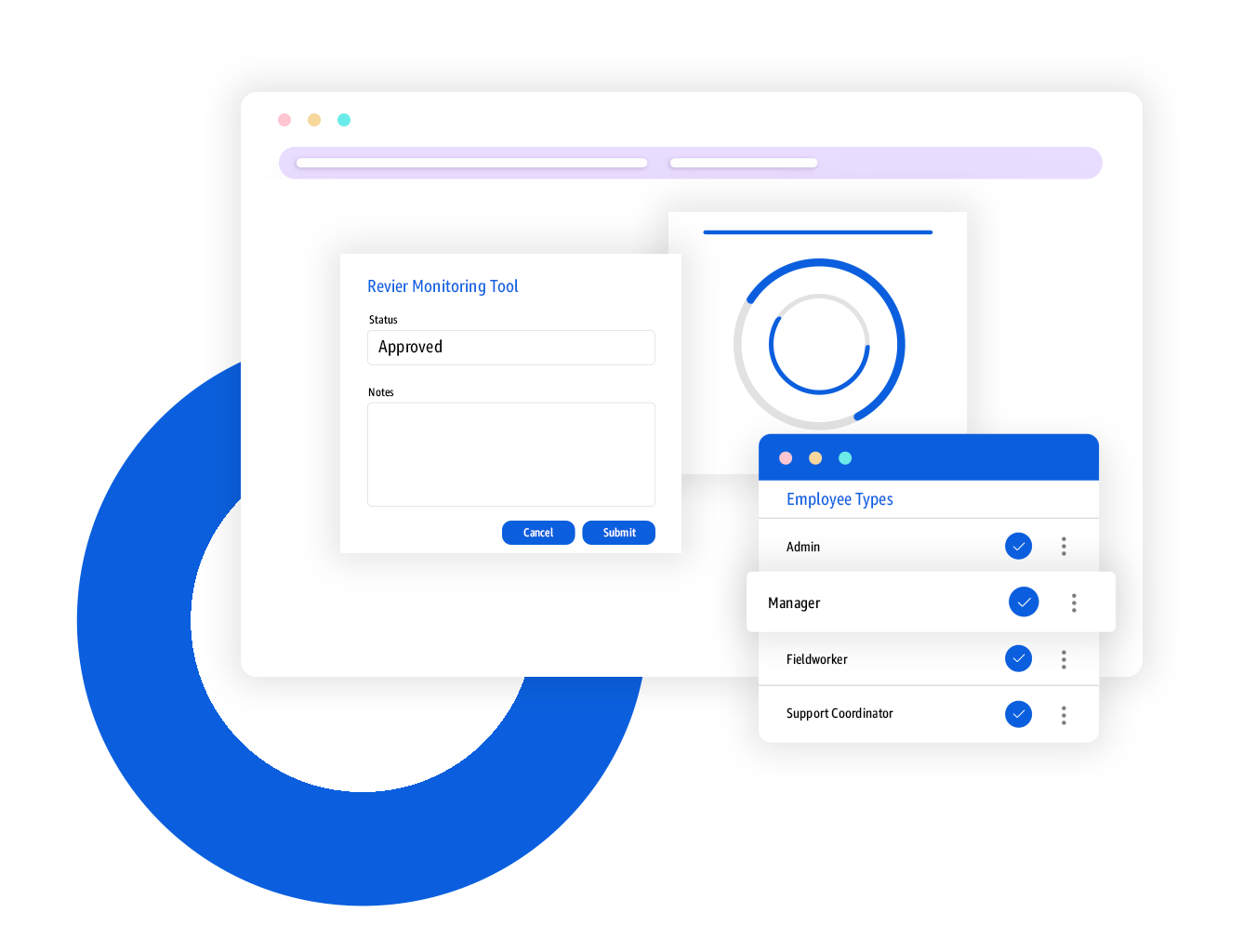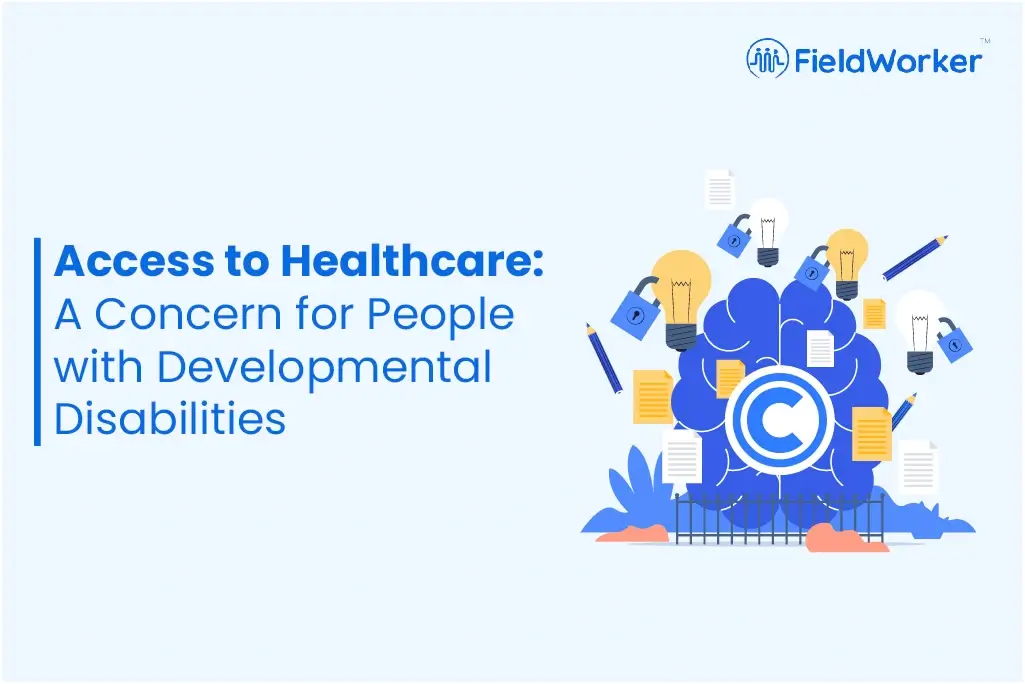“I Am Sam”, a popular movie about the protagonist with intellectual disabilities, showed how the ability to love is not limited by one’s physical and mental abilities. But what the movie also showed, like other movies on developmental disabilities, is that each one of us has a right to be treated equally. In every field of life, especially healthcare, there cannot be a differentiation.
According to the Centre for Disease Control and Prevention, about 1 in 6 children in the USA have one or more developmental disabilities or some type of delay in their development. This is equivalent to 17.3% of the US children in the age group of 3-17 years. In addition, around 6.7% of the US children had two or more developmental disabilities. Yet, access to healthcare for people with developmental disabilities remains unequal, complicated and sometimes- elusive.
Health Concerns of People with Developmental Disability:
People with IDD generally have poorer health status as compared to the others due to multiple factors and are at a higher risk to develop comorbidities during their hospitalization. And a lot of these events are avoidable- things like physical injuries, adverse drug reactions, infections, pressure ulcers and sepsis.
Some of the reasons for the display of these avoidable incidents are completely correctable, like
- Lack of provider education
- Lack of training to handle such cases
- Physicians displaying bias towards their treatment
This acts as a deterrent for people with IDD, who rely on dated medication regimens in treating health issues such as diabetes, hypertension, even routine cancer screening. Your iPhone3 isn’t any good today, is it? But if you were forced to rely on it because the person at the iStore was not interested in you, you would be left with no option. For you, it is an irritation, for people with IDD, it could mean something very serious. For issues that could have been resolved in a primary care setting, people with IDD often require hospitalization which in the first place could have been avoided.
These safety events cause prolongation of hospital stay for people with IDD while putting their life at a greater risk as well as putting a strain on the health care resources which are already stretched. In fact, due to the avoidable in-hospital safety events, the risk of death for individuals with developmental disability increases by 15%, with post surgical infections and hospital acquired infections being the major reason for people with Down’s Syndrome, as an example. And did you know? People with developmental disability spend up to 15.4 days longer in hospital as compared to other people. That’s half a month!
Actions to tackle the issue:
National policies and plans are needed to reduce the disparity in the healthcare services provided to all. A structured awareness program and better facilities are the answer along with integration of technology can greatly help in addressing the gap. Technology, of course, can enhance care through clear documentation, treatment plans, tracking of outcomes and bringing in overall equality of disease management.
- Reprogramming of Healthcare:
Real changes in hospital policies and protocols are needed along with an explicit national policy that keeps a check on the kind of care being provided to people with developmental disability. Same level of medical care and attention needs to be programmed into the system. - Medical Training 2.0:
More medical hours of training need to be spent in dealing with patients with developmental disability, helping students get more training. Since there may be multiple comorbidities associated with these patients, their presentation of symptoms varies as compared to a general population of patients. Adequate training can bring about a world of difference in addition to killing prejudices. - Tech Integration:
A layer of technology, automation and digitization- that will do the trick! Utilizing technology to bring accessibility to healthcare for the people with developmental disability is already in play. Steps are being taken to implement Electronic Health Records in every hospital. Using a human services software like Fieldworker can be an added advantage in terms of the ease of maintaining data and simplicity of use. Keeping a track of all the patients with developmental disability becomes easier through case management files that are easily accessible through online software. Important information becomes accessible to the entire team through software like Fieldworker , mentioning their special needs and attention required due to the disability. - Bring in the Family:
Helping the family with information, support and material to deal better; more importantly keeping them updated on treatment progress, important information and what they need to do next. Integrating the caregiver into the hospital team that cares for the patient is another effective step that ensures complete information in case the patient’s health deteriorates.
A person with developmental disabilities can opt for a Hospital setting or Home Care. But whatever they choose, their aim to be independent remains critical. In both Hospital facilities and Home Health Care, health care workers need to give care that is equal and adequate. People with developmental disabilities don’t require your sympathy. They want equality in the care that they deserve.

